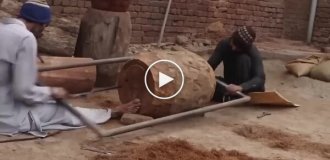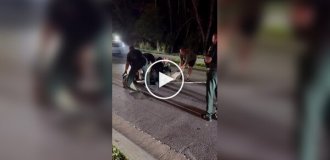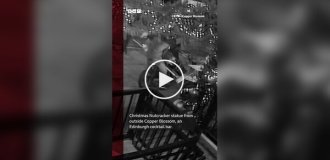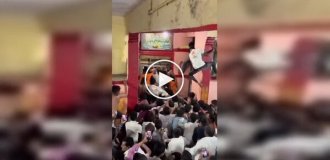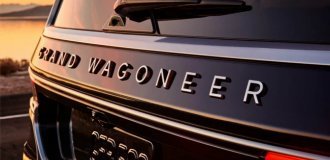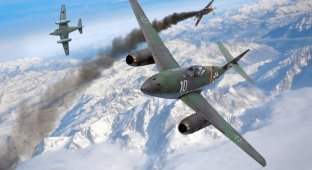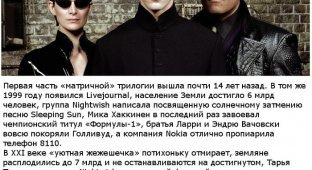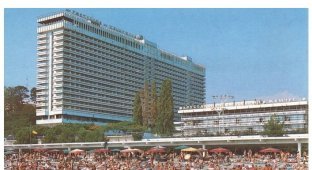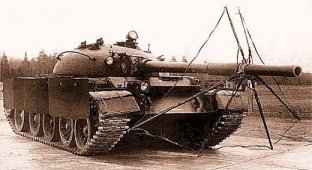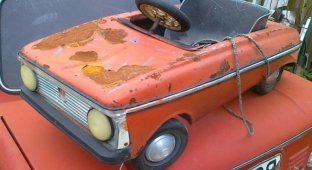German super-heavy tank "Rat" (Ratte) Landkreuzer P.1000 Ratte (21 photos)
The super-heavy tank "Rat" was primarily considered by Hitler as a German "miracle weapon", however, not even a prototype was built during the entire war. It should be understood that during combat operations, such a monster would have very low mobility, due to the low specific power of the engines and the large size of the hull.


This super-heavy tank was invulnerable to conventional field artillery and anti-tank mines, but specially powerful artillery could destroy it if desired. Also, the designers did not take into account the possibility of destroying the Rat tank from the air. Of course, even if prototypes of this steel monster had been created, in any case, the project did not have its development and was of little use as a “weapon of retaliation.” After all, the whole concept of “lightning war” was based on a swift and powerful breakthrough, but such a monster as the “Rat” tank could hardly develop good speed, and besides, not a single bridge would have supported its weight.

It turns out that the tank could be used exclusively as a strong mobile defensive point with good weapons. It is worth noting that financing the construction of the Ratte supertank became an unaffordable luxury for the Third Reich at that time, and this was one of the reasons for the impossibility of developing this project.

This ambitious project was developed by two German tank engineers: Dr. Hacker and Edward Grote in 1942-1943. In essence, this super-heavy tank was a land cruiser weighing up to 1000 tons, intended for artillery support and possibly for use as a breakthrough tank.

For the first time, the designers of the Krupp concern presented the Ratte tank to Hitler in the summer of 1942. This was followed by a meeting of the designers with the Minister of Armaments A. Speer, who proposed assigning the designation “Rat” (Ratte) to this super-heavy tank (P100 is an index, possibly based on the estimated weight of the tank, was assigned to a German vehicle for the first and last time, which was atypical for prototypes of German tanks. It was also decided that in the future all subsequent models of super-heavy tanks will receive the “P” marking).

The prerequisite for the creation of such a super-heavy tank was the failure of the German army in Russia in the initial period of the Great Patriotic War. German designers, in an attempt to find a non-standard solution to this problem, offered Hitler their project for the super-heavy tank “Rat”, which was received brilliantly by him. It is worth noting that Hitler was prone to a certain gigantism.

Layout of the Ratte supertank
Judging by the drawings, German designers intended to assemble the Ratte tank according to the multi-turret principle. They offered 5, 7 and 9 turret versions of this super-heavy tank. The control compartment was located in the bow, the fighting compartment was in the middle and partly in the front, and in the aft there were engines, cooling systems with fuel tanks. According to the designers, the Ratte tank was supposed to be serviced by at least 40 crew members. In the main turret of the tank there were armored doors through which crew members boarded and disembarked. There were also escape hatches in the artillery and anti-aircraft towers.
As for the armor protection of the Ratte tank, it was designed on the principle of absolute protection against ammunition available to the armies of the USSR, England and America. Part of the body was welded, part was connected using bolted and riveted connections. It was assumed that the maximum armor thickness of the Rat tank should be 400 mm.

Armament of the supertank "Ratte".
By analogy with sea cruisers, the Rat tank was planned to be armed with two 28 cm SKC/34 naval guns, which were to be installed in the same turret. During the development process, the idea was put forward to arm the tank with an additional turret with a 128-mm cannon, but it was soon abandoned, explaining that the tank would be well armed without it, and besides, this would require an increase in the crew and, in general, the weight of the tank would increase significantly . It was planned to store the ammunition of the Rat tank in a special armored compartment at the bottom of the hull, and supply the shells to the guns on a special lift.
[img]https://c
n15.nevsedoma.com.ua/photo/9/933/266_files/22d132cf91b036ef249e67a8edf0a47a.jpg[/img]
To protect against bombers and low-flying targets, it was planned to install several Flak38 anti-aircraft guns (the question of the number of these guns was never resolved until the end of World War II, some sources claim 2 guns, others claim 8 guns).

Supertank "Rat" with equipment for overcoming water obstacles

Transmission, engine and chassis of the Ratte tank.
Of course, a tank of such power required a fairly powerful power plant, therefore, for these purposes, the designers proposed using eight 22-cylinder Daimler-Benz MV501 diesel marine engines, which at certain speeds developed a power of more than 20 thousand horsepower. According to the designers' calculations, the Ratte tank could reach a maximum speed over rough terrain of 14 km/h, which suited the military quite well.

The weak point of the Ratte supertank project was its chassis, which German designers were never able to fully design, as it was constantly being reworked. There was only a certain schematic diagram of the suspension, however, there was no trace of a transmission diagram. According to many German designers, it was the problem of the chassis of the Ratte tank that became the stumbling block in the entire project of this super-heavy tank.

The Ratte tank, as you might have guessed, was not used in combat, of course, but it is quite difficult to predict the development of the combat situation if the Ratte tank project were implemented. Not a single bridge could withstand such a colossus. One can only guess how many tons of fuel this tank had to consume in order to travel at least 100 km. By the way, regarding overcoming water obstacles, the designers proposed the following solution: with the help of special systems and equipment, the tank could ford the river. This tank would be an excellent and slow-moving target for enemy aircraft, as it would be difficult to camouflage in open areas.

Tactical and technical characteristics of the Ratte super-heavy tank:
Operator/manufacturer……………………Germany;
Weight ……………. Supposedly 1000 tons;
Crew……………40 people;
Tank class………..super heavy;
Year of development/creation………..1942-1943;
Development of design bureau…………Krupp;
Serial production………….no, a prototype has not been created;
Tank dimensions:
- Hull width…………14 m;
- Hull length………………35 m;
- Height………………………..11 m;
- Ground clearance…………..--- mm;
Armor:
- Type of armor……………….rolled, shielded;
- Body forehead ………….. 200-400 mm;
- Body side……………….200-300 mm;
- Housing bottom………………..200 mm;
- Body roof…………150 mm;
- Tower forehead………………….400 mm;
- Feed body……………..200 mm;
Weapons:
- 2x283 mm SKC/34 ship guns (barrel length 15,415 mm, 54.47 calibers long);
- Sight……………---;
- Additional weapons………..1x128 mm KwK 44 L/55 cannon, 2x20 mm Flak 38, 2x15 mm MG 151/15;
Tank mobility;
Engine…………….. 8 Daimler-Benz MV501 diesel engines, or option 2 MAN V12Z32/44 diesel marine engines);
Range………. 500 km;
Maximum speed……….14 km/h;
Suspension……….not designed;

P.S. Landkreuzer P.1000 Ratte and Landkreuzer P. 1500 Monster
The existence of the P1000 project was only on paper, but this did not stop the developer from starting to create the next project of the P1500 tank, weighing 1500 tons. Unlike the P100, whose armor thickness ranged from 150 mm to 220 mm, the armor of this exhibit was supposed to be from 250 mm to 360 mm. The P1500 tank was supposed to have one 800 mm gun, similar to the gun mounted on the Fat Gustav and Dora railway platforms. In addition, it was planned to equip the tank with two additional 150 mm guns and a fairly large number of machine guns and anti-aircraft guns. The movement would be carried out using four engines borrowed from MAN V12Z32/44 submarines, which together have a power of 34,000 horsepower.




But these tank models
were not put into production, the reason for this was their impressive dimensions, the creation of which would have significantly complicated the work of the entire engineering industry in Germany, which was already working at an accelerated pace. To produce such tanks, competent specialists from various fields were needed, and in large numbers. In addition, the maintenance of these vehicles would also require people close to the average army unit.
These reasons were convincing enough for the German Ministry of Armaments and in early 1943, Albert Speer issued an order requiring the stop of all work related to each of the projects. At that time, work on the main gun turret for the P1000 tank was already completed. It was later installed on the Trondheim line in Norway.

P.P.S. "Wunderwaffle" projects

